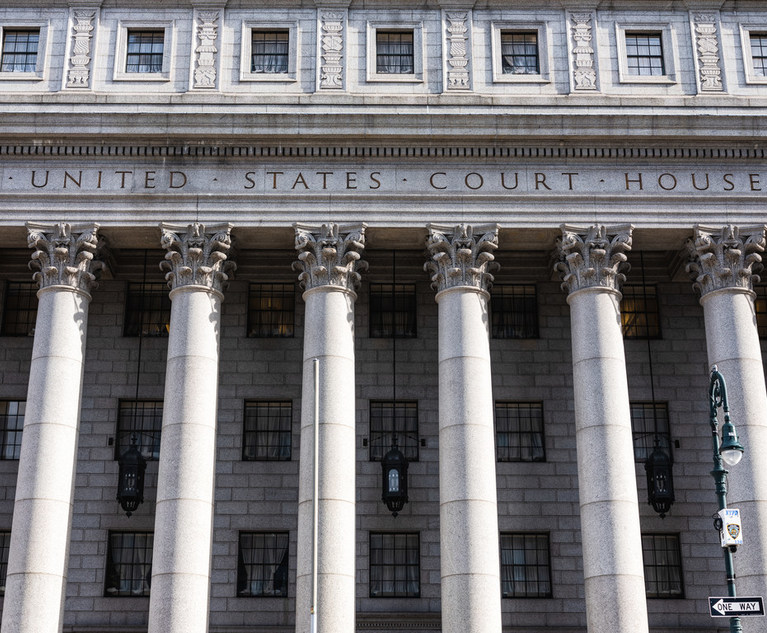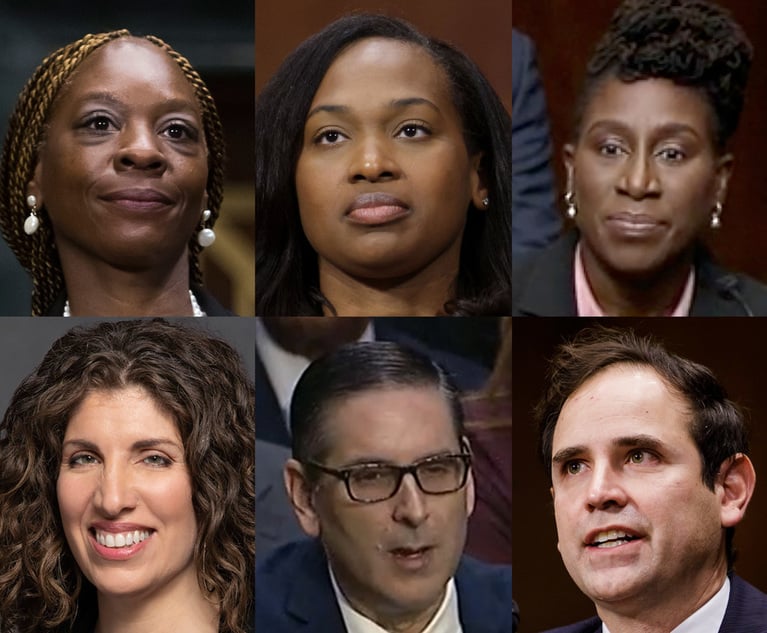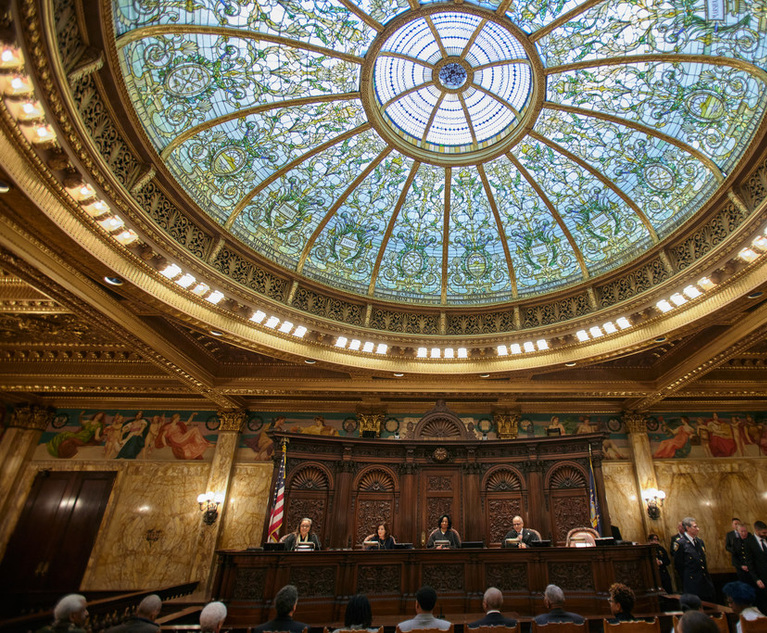In Menora Mivtachim Insurance Ltd. v. Frutarom Industries Ltd., the U.S. Court of Appeals for the Second Circuit considered whether, under §10(b) of the Securities Exchange Act of 1934 and SEC Rule 10b-5, a putative class of investors in an acquiring company had statutory standing to sue the acquirer’s target company based on alleged misstatements that the target made about itself before the merger. In a decision authored by Circuit Judge Michael Park, the court held that the putative class lacked statutory standing to sue the target company because, under Circuit precedent, investors cannot sue a company whose stock they did not purchase for misstatements the defendant company made about itself. In so holding, the Second Circuit articulated a new categorical application of the “purchaser-seller” rule, furthering a 70-year-long trend toward a narrower class of Rule 10b-5 plaintiffs. Circuit Judge William Nardini joined in the majority opinion; Circuit Judge Myrna Pérez concurred in the judgment in a separate opinion.
Evolution of the ‘Purchaser-Seller’ Rule
In Birnbaum v. Newport Steel, 193 F.2d 461 (1952), the Second Circuit held that in a Rule 10b-5 class action, the plaintiff class may consist of only purchasers and sellers of securities. Id. at 464. The Supreme Court adopted this “purchaser-seller” rule in Blue Chip Stamps v. Manor Drug Stores, 421 U.S. 723 (1975), where it held that stock offerees—who did not purchase or sell the stock—lacked statutory standing to sue the offeror. In an opinion authored by Justice William Rehnquist, the Supreme Court explained that the private right of action under §10(b) was not express in the statute, but rather judicially implied. Absent express guidance from Congress as to the contours of that right, the court reasoned that policy considerations militated in favor of the purchaser-seller rule since it would curtail vexatious litigation, avoid the need for highly fact-specific adjudication of statutory standing, and was conducive to objective documentary proof.


 The United States Court of Appeals for the Second Circuit in the Southern District of New York. Photo: Ryland West/ALM
The United States Court of Appeals for the Second Circuit in the Southern District of New York. Photo: Ryland West/ALM




